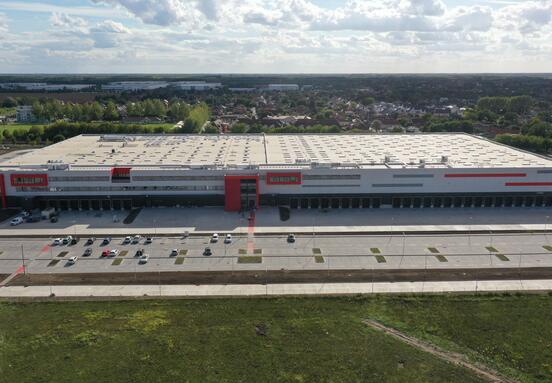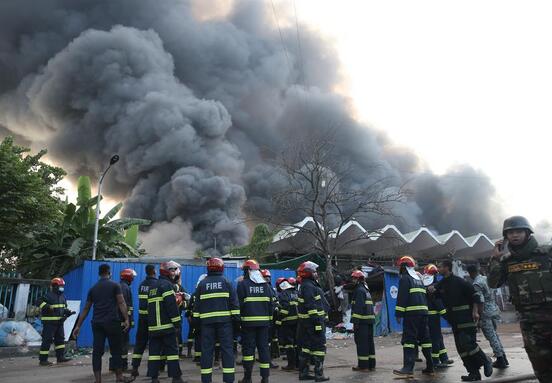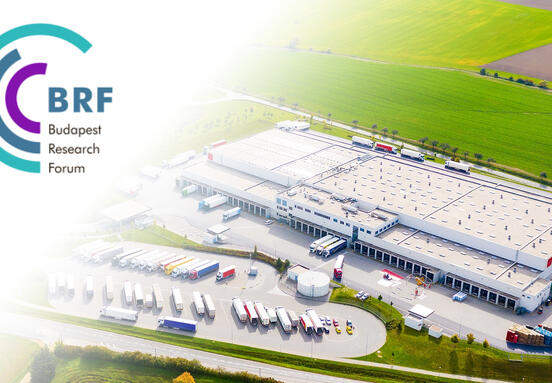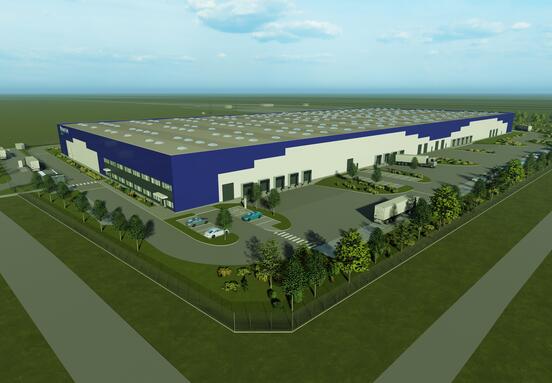Research extract
Barriers to logistics real estate supply are significant and rising. Over the next decade, completions are expected to fall short of demand in most locations within Europe. The latest Prologis Research identifies significant geographic, economic and political barriers to new supply.
Notably land scarcity will be a key challenge, especially in the largest consumption centres like London and Paris and while replacement costs continue to trend upward- urbanization is driving competition among real estate providers. As of first quarter 2021 replacement costs in Europe have risen an estimated 8-10% year over year. Land has risen around 10-15%, and in core Western European markets core land has risen between 50-100% in the last 12-18 months.
Permitting and entitlement processes have already become harder and are more expensive and time-consuming than ever. In Europe alone, Prologis Research has calculated that development lead times for projects in need of rezoning are roughly double that of projects already located in industrial zoned land.
Proprietary data also points toward building requirements and costs continuing to rise. Concerns around labour remain and emphasize the need for facility improvements that focus on worker wellbeing, such as the WELL standard.
Ahead
While rising value in well located and well designed buildings will justify more ‘creative’ real estate solutions, the structural shifts in the logistics real estate development industry will likely continue to limit the amount of new supply delivered to meet the future supply chain needs of customers.
With this in mind, scale development and the benefits which arise from it, innovation and the ability to advance sustainability goals will continue to be differentiators for logistics properties.
Prologis








